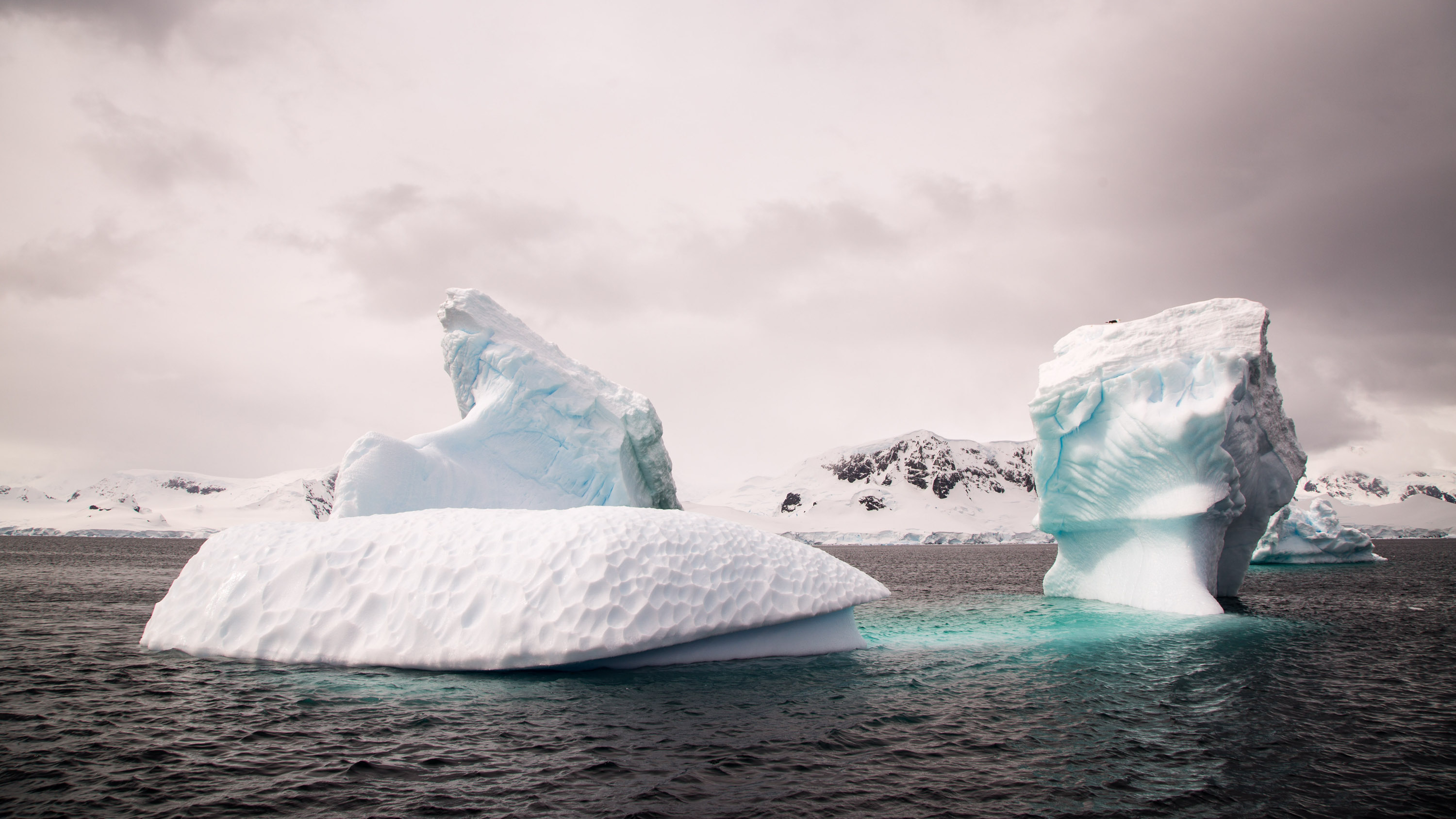South Pole sea ice is now vanishing at an alarming rate, too

Antarctic sea ice loss has suddenly sped ahead of the long-running decline in the Arctic.
The background: The disappearance of Arctic sea ice has been accelerating since the late 1990s, outpacing rates predicted by climate models and seizing media attention (see “How nuclear weapons research revealed new climate threats”). But it’s been an altogether different story at the South Pole, where ice cover gradually increased in recent decades, confounding scientists trying to work out the exact nature of the complex interactions in the global climate system.
A dramatic reversal: That story seems to have come to an abrupt end, however, according to a new study in the Proceedings of the National Academy of Sciences. The Antarctic’s sea ice cover reached its annual peak in 2014 and has since declined by around 2 million square kilometers (more than 770,000 square miles). It's a dramatic reversal, wiping out about 35 years’ worth of gains in a few years, according to the study by Claire Parkinson, a climatologist at the NASA Goddard Space Flight Center.
What it means: At this stage, scientists can’t say with certainty why it took so long for Antarctic sea ice to begin receding, or why the loss accelerated so rapidly. Some of the contributing factors could include ocean heating from the extreme El Niño in late 2015 and early 2016, and a weakened polar vortex altering prevailing wind patterns.
It’s also not clear yet whether the precipitous decline after 2014 signals the start of a “long-term negative trend,” or if a slight uptick in 2018 marks a blip or the “start of a rebound,” the study noted.
But the sharp downward shift in recent years at least provides additional data that could enable researchers to test and refine their models, and unearth additional links between shifting climate and changes in sea ice.
Feedback loop: Since sea ice is already displacing water, its loss doesn’t directly raise sea levels nearly as much as the melting of land-based ice sheets does. But it can unleash dangerous feedback effects: as dark blue water replaces lighter surfaces across millions of square kilometers, a growing amount of heat is absorbed rather than being reflected away. That, in turn, threatens to melt sea ice and glaciers at even higher rates.
Deep Dive
Climate change and energy
The problem with plug-in hybrids? Their drivers.
Plug-in hybrids are often sold as a transition to EVs, but new data from Europe shows we’re still underestimating the emissions they produce.
Harvard has halted its long-planned atmospheric geoengineering experiment
The decision follows years of controversy and the departure of one of the program’s key researchers.
Why hydrogen is losing the race to power cleaner cars
Batteries are dominating zero-emissions vehicles, and the fuel has better uses elsewhere.
Decarbonizing production of energy is a quick win
Clean technologies, including carbon management platforms, enable the global energy industry to play a crucial role in the transition to net zero.
Stay connected
Get the latest updates from
MIT Technology Review
Discover special offers, top stories, upcoming events, and more.